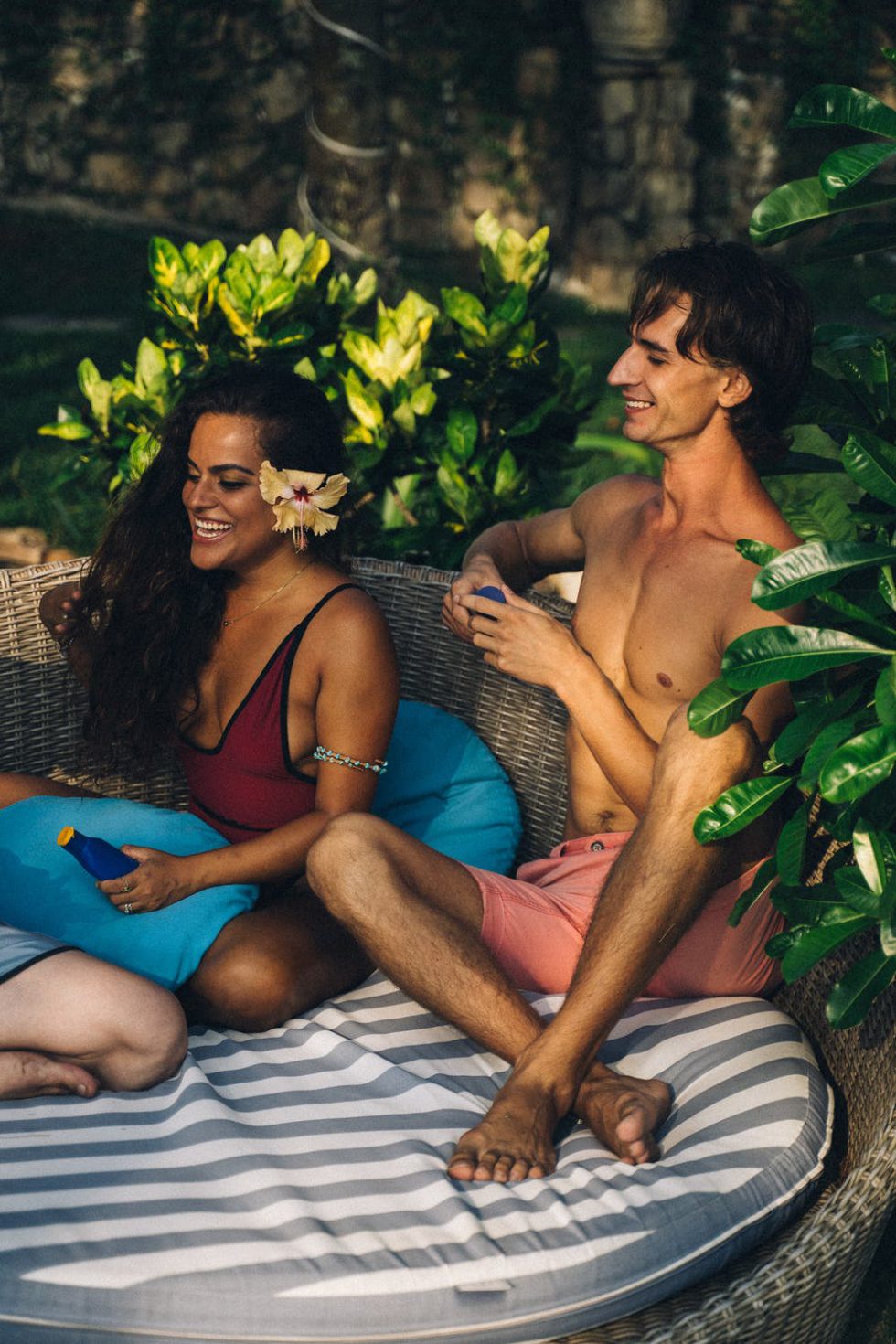Why Suncare Is Important In Australia

If you are using it with other skincare products or going to the ocean, consider minerals. Choose suncare that works best for your skin type and activity and is easy to reapply. If you have sensitive skin and have had a reaction to sunscreen in the past, search for fragrance-free products. Always try a new sunscreen on a small area of your skin first if any adverse reactions occur.
Some sunscreens can irritate sensitive skin and cause tingling, tingling or redness and itching. A good Australian skincare sunscreen will have an SPF of 30 or higher, an AUST – number, and be waterproof, but wherever you choose, you need to apply it freely and frequently.

The approach is justified because it views sunscreen as a product that works as intended (that is, it reduces the amount of sun damage that falls on unprotected skin that reaches the epidermis). Dermatologists recommend using 15 or 30, but the safest option is SPF 50+. This is due to recent research that most sunscreen users only use 1/4 to 1/2 of the requested amount.
If your skin reacts to sunscreen, combine sunscreen with UPF 50 protective clothing (this only lets through 1/50 UV radiation) and a wide-brimmed hat and sunglasses (take on her mysterious look), and avoid the sun during peak hours from 10:00 am to 4:00 pm.
When the UV is three or more the use of sunscreen is required – should be applied liberally with protective clothing and sunglasses, at least 20 minutes earlier ideally – should be in the sun and whenever possible seek shade – and use sunscreen. Skin cancer specialists also recommend that you continue to practice good sun protection by wearing a wide-brimmed hat, protective clothing and sunglasses, being in the sun and using sunscreen whenever possible.
It’s important to know that UV rays cause sunburn and skin damage, not heat from the sun. Sunscreens work by capturing these UV rays by absorbing or reflecting them, thereby protecting skin from their harmful effects. Sunscreen reduces the amount of UV radiation reaching the skin by providing a barrier to absorbing or filtering UV rays from the skin, preventing damage to the underlying cells.
Therefore, when we protect our skin with appropriate sunscreen we reduce the risk of skin cancer – Research shows that using sunscreen and safe sun protection methods can prevent skin cancer and reduce UV damage to the skin – Any form of sunscreen will reduce the risk of skin cancer – especially sunscreen – which can provide total protection for your entire body.
Using sunscreen is one of five important ways to reduce your risk of skin cancer: It prevents UV rays from entering the skin, thus reducing the risk of sunburn and skin cancer, as well as the likelihood of sunspots, discolouration and signs of premature ageing. Start protecting your skin from the sun’s rays and minimize your risk of skin cancer.
The practice of sun safety goes far beyond using sunscreen and we are lucky to have so many simple and fun ways to make sunscreen stylish and enjoyable today. It is important to remember that every small overexposure to ultraviolet rays increases the risk of skin cancer. But the promise of protection depends on how much sunscreen you apply and most people don’t use enough.
Suppose your skin usually starts to burn in about 10 minutes, applying an SPF 15 sunscreen allows you to stay in the sun without getting burned for about 150 minutes (15 times more) This is not calculated in terms of the duration of the exposure but rather in terms of the UVB protection factor. The amount of SPF (sun protection factor) on a bottle of sunscreen only refers to UVB rays that account for about 5% of the ultraviolet spectrum and are responsible for most sunburns.
The sun protection factor ( SPF ) is a measure of how well a sunscreen protects the skin from UVB radiation – the radiation that causes sunburn – the skin damage that ultimately leads to skin cancer — under lab conditions when SPF30 sunscreen filters 96.7% of UV radiation, whereas SPF50 sunscreen filters 98%. Physical and chemical sunscreens can also be used complementary ways to provide a higher sunscreen factor (SPF ) than either alone.

